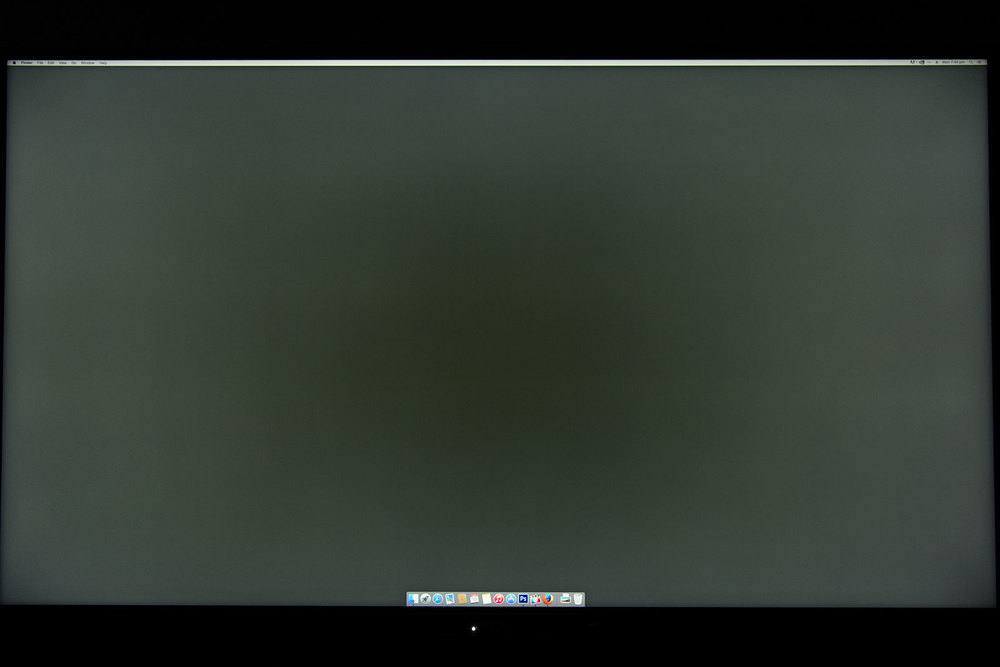D
Deleted member 243478
Guest
Can someone else test their monitor on a full screen dark grey and let me know if they are seeing a similar issue? Its about the only real deal breaking for me on this monitor and drove me nuts 

I did a quite writeup aswell: http://www.terranmedia.com.au/blog/2015/1/20/d1ww71ckcav9ye59y6jtyy21k7d50y

I did a quite writeup aswell: http://www.terranmedia.com.au/blog/2015/1/20/d1ww71ckcav9ye59y6jtyy21k7d50y
![[H]ard|Forum](/styles/hardforum/xenforo/logo_dark.png)

